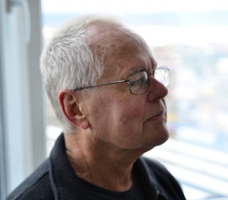
If anyone were to look around they would see examples all around, where someone is reading a book, watching TV, gardening, waiting at traffic lights, looking out a window daydreaming … looking to see the natural focus and absorption that is a transparent aspect of experience such as these allows us to see how ubiquitous they are. We can ask a client a question, and their eyes glaze over as they become focused and absorbed in their searching for a response.
This “common everyday trance” as Erickson described is then a common, naturally occurring experience with focus and absorption - the ingredients of hypnosis - and is a delightful way to begin to create the possibility for anyone to experience hypnosis.
If everyone has their own experience of their common everyday trance, then we can realise that anyone can have their own experience of focused absorption - anyone can experience hypnosis!
This brigs hypnosis down from the towers of esoteria and weirdness and connects it with everyday living.
We can then put aside questions of “Can I be hypnotised?”, measurements of hypnotisability, worries about “depth” of trance, since in our individual experiences of everyday trance, our degree of focus and absorption varies. We can be deeply absorbed in reading a fascinating book, and if the phone rings, we put the book aside, answer the phone and then return to the book naturally and easily.
I invite you to begin to look for this in yourself and others and be prepared to be surprised just how much there is to see.
Rob McNeilly

I think that this is a great starting place to make hypnosis accessible to oneself and others. It moves the skill set away from the scary magic that was mentioned in the first installment into practical applications that can change people's lives.